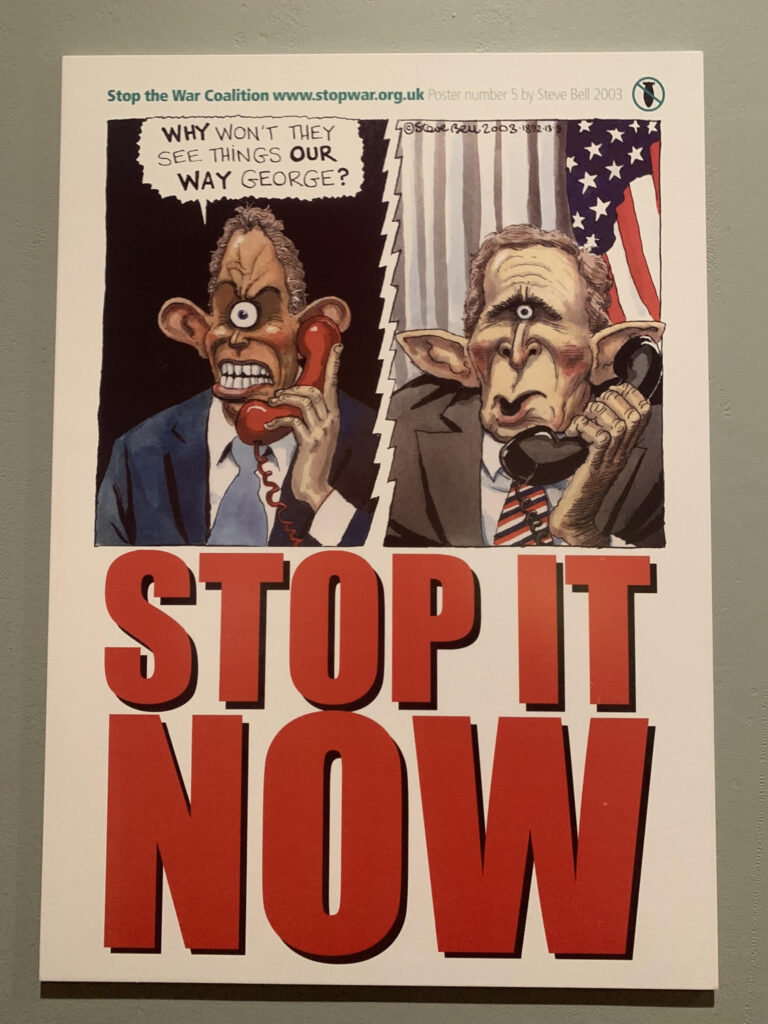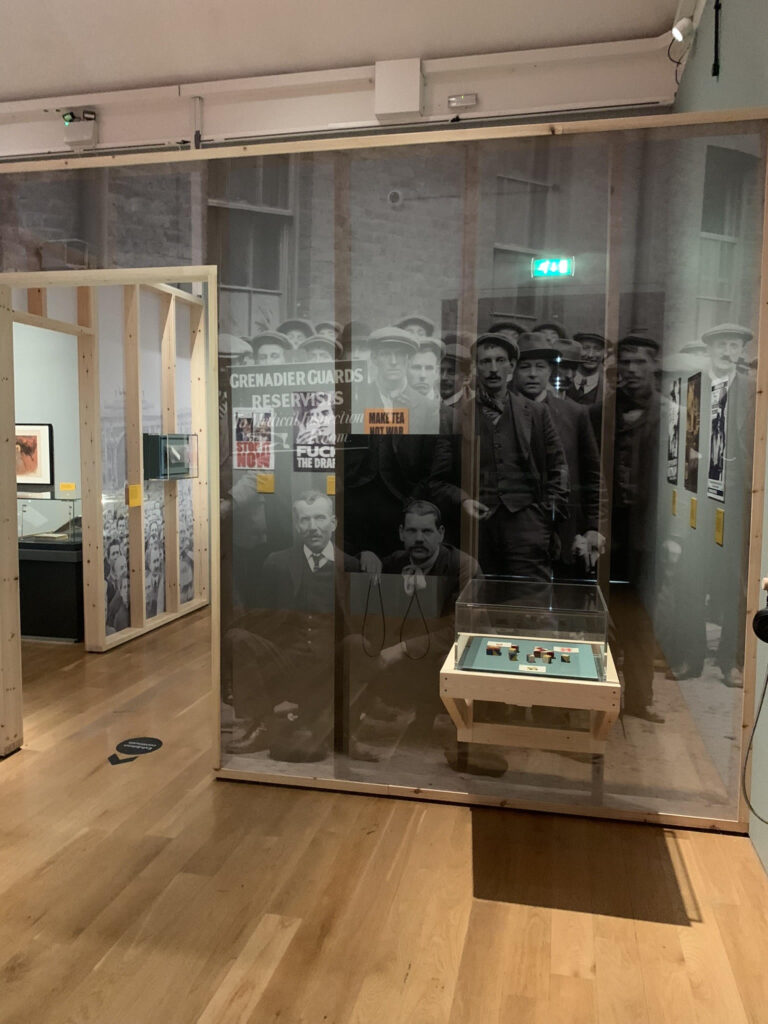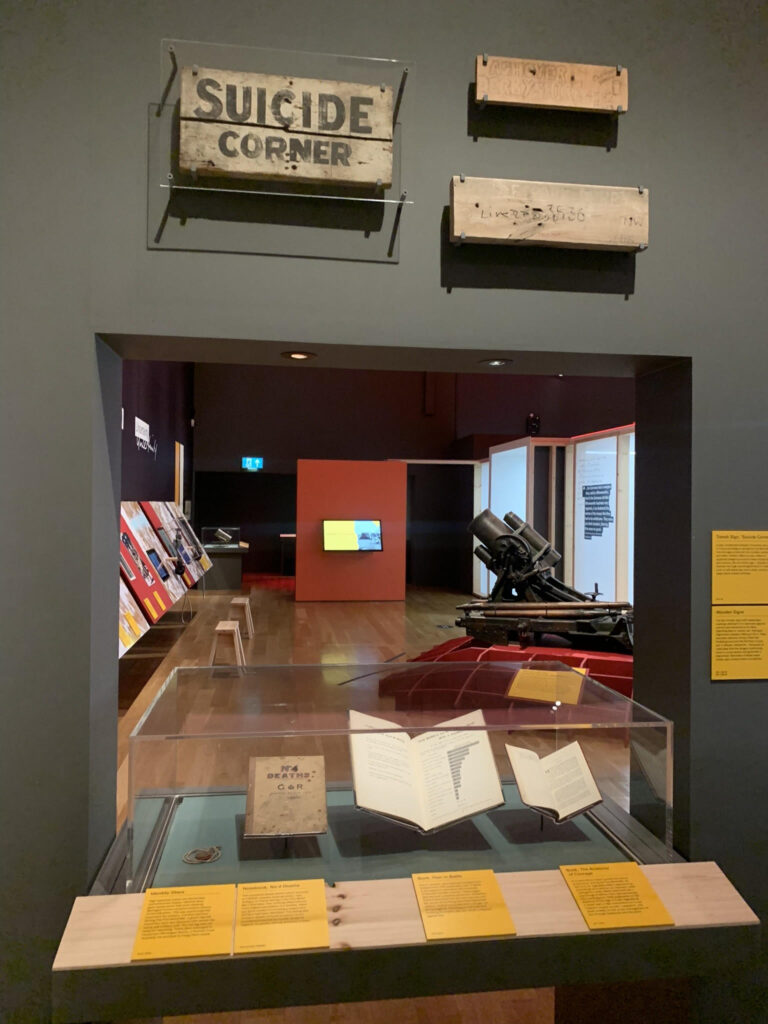When you wake up on a lazy Saturday the first thing that comes to mind probably isn’t ‘ooh I think I’ll pop out for a quick exhibit about psychological warfare’. So we might need to deploy a rather cunning sales job to convince you see the latest offering at the best museum we bet you’ve never been to, the Imperial War Museum.
We unfortunately live in a time of polarising political opinions where people constantly feel as if they have a moral high ground. Convincing a majority to engage in war therefore requires the use psychology in order to achieve a consensus. War and the Mind begins with what is referred to as ‘the fallacy of the righteous cause’ which can delude people into believing that war is something virtuous. This also works the other way, which brings to mind protests against the Iraq war in 2003.


The exhibit gets more personal as it progresses and delves into how psychological warfare is used to frighten and therefore weaken a population. This can be achieved by drones (more on that later), propaganda, rumours, gassing people, spying and cutting of essential services. And not to forget the psychological warfare perpetrated against soldiers in the field to demoralise them in the midst of terrifying situations.
On a lighter note, in a war zone danger and disorientation can confound the brain. So near the end of the exhibit theres a rather hilarious illustration of how mind altering drugs such as LSD are used as a means to determine how soldiers remain focused when they are, frankly, off their face. Don’t miss the film where soldiers are laughing so hard they can’t pick up their rifles. Now there’s a way to end armed conflict!


While this exhibit might not possess the unbridled fun of as scarfing down a pizza by the seaside, War and the Mind is on now until 25 April and is totally free. And (nerd alert!) for those of you who can’t get enough of the topic, from 7 November IWM will have en exhibit about the psychology of drone warfare.

